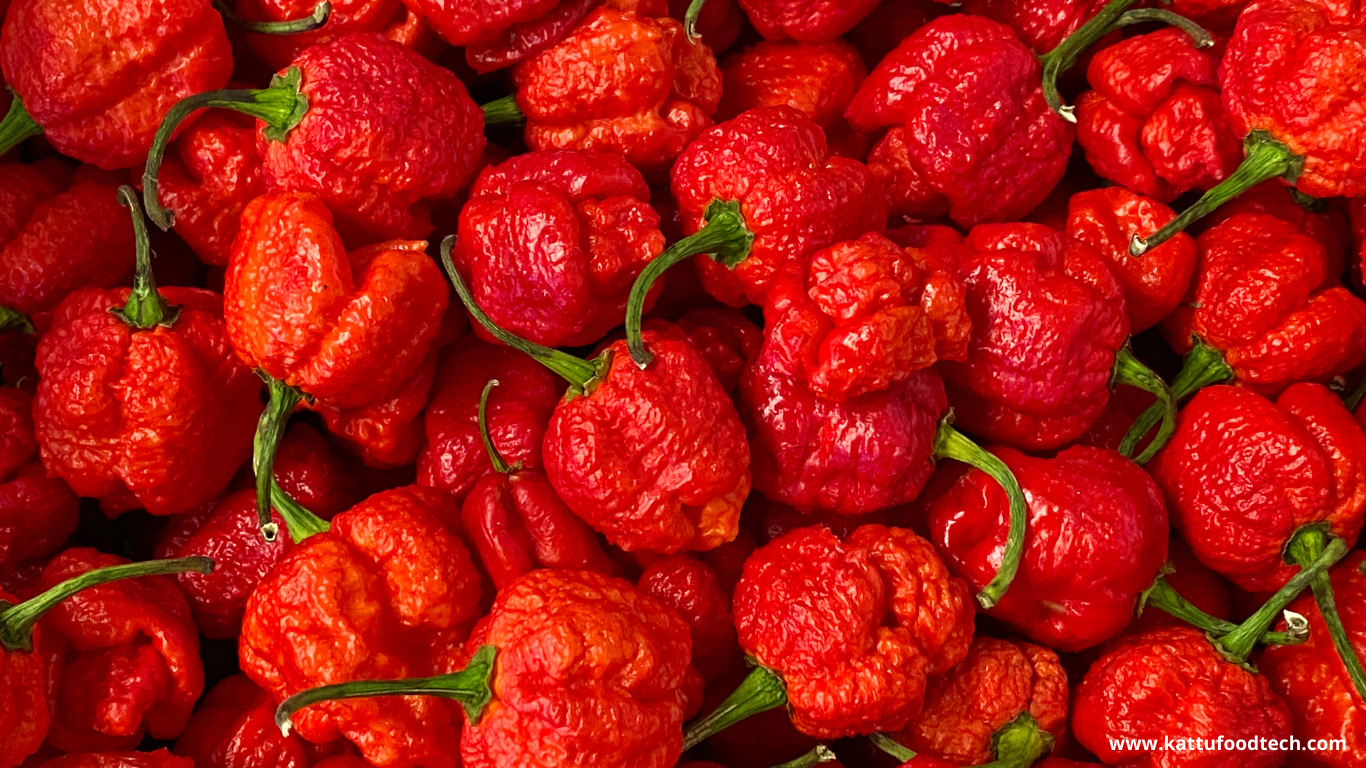Currently Empty: $0

Food Science & Technology Quiz (17-03-2022)
Q1. The major compounds found in turmeric oil, up to 50-60%, are?
- Sesquiterpene ketones
- ar-turmerone
- ß- turmerone
- All of the above
ANSWER: D. All of the above
- Explanation: The sesquiterpene ketones, ß-, and ar-turmerone, are the primary chemicals identified in turmeric oil, accounting for up to 50-60% of the total. Zingeberene and ar-curcumene, two sesquiterpenes, were either not discovered or found in high concentrations of up to 25% and 35%, respectively. In general, published compositions of turmeric essential oils vary greatly, and this variety was also detected in one study among rhizomes gathered from the Tarai sub-Himalayan region in India.
READ MORE – Food Science & Technology Quiz (17-02-2022)
Q2. Turmeric extractives, or oleoresins, are obtained by solvent extraction of the powdered rhizome followed by complete evaporation by distillation at?
- 45-55 °C
- 25-35 °C
- 35-45 °C
- 55-65 °C
ANSWER: A. 45-55 °C
- Explanation – Solvent extraction of the powdered rhizome is followed by complete evaporation by distillation at 45-55 °C to get turmeric extractives or oleoresins. This process produces about 12% of an orange/red viscous liquid that contains various proportions of the coloring matter, i.e. the curcuminoids, volatile oils that impart flavor to the product, and non-volatile fatty and resinous materials, depending on the solvent used for extraction and the turmeric type and cultivar.
READ MORE – Food Science & Technology Quiz (27-02-2022)
Q3. The yield of oleoresin from dried roots is typically?
- 4-6%.
- B. 6-8%.
- 8-10%.
- 10-12%.
ANSWER – D. 10-12%.
- Explanation: Curcuminoids (40 to 55 percent) and volatile oils are the chemicals of interest in turmeric oleoresin (15 to 20 percent). The composition of oleoresin varies substantially depending on the type of solvent, temperature, and extraction procedures used, as well as the effect of the raw material’s quality. The commercial extraction processes will differ by manufacturer and are confidential information. The oleoresin yield from dried root is usually 10-12 percent.
READ MORE – Food Science & Technology Quiz (07-03-2022)
Q4. _________ is a measurement of the pungency (spiciness or “heat”) of chili peppers.
- Scoville scale
- Calorimetric scale
- Nuclear magnetic resonance spectrometry
- None of the above
ANSWER: A. Scoville scale
- Explanation: The Scoville scale is a scale that measures the pungency (spiciness or “hot”) of chili peppers in Scoville Heat Units (SHU), which is based on the concentration of capsaicinoids, of which capsaicin is the most common. The Scoville organoleptic test, invented by American pharmacist Wilbur Scoville in 1912, is named after the scale’s originator. The Scoville organoleptic test is the most practical way for determining SHU, and it is a subjective estimate based on capsaicinoid sensitivity by people who have eaten spicy chilis before.
READ MORE – Food Science & Technology Quiz (05-03-2022)
Q5. ________ is the study of materials behavior at very low temperature.
- Freezing
- Cryogenics
- Torentology
- Trophology
ANSWER: B. Cryogenics
- Explanation – Cryogenics is the study of the behavior of materials at extremely low temperatures. Cryogenics, according to the International Institute of Refrigeration (1975), is a set of scientific and technological disciplines concerned with temperatures below 153 degrees Celsius. Cryogenic grinding, like any other cryogenic application, uses a very cold gas in the form of a liquid, which might make the sample to be ground brittle.
READ MORE – Food Science & Technology Quiz (16-03-2022)

 0
0

